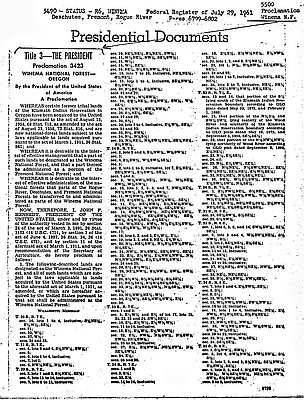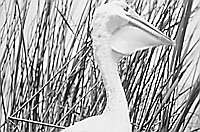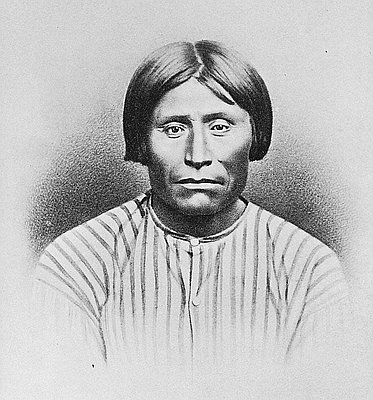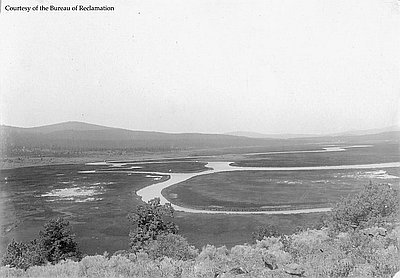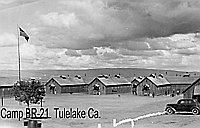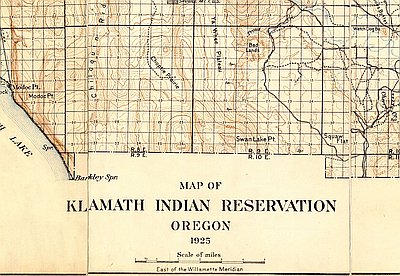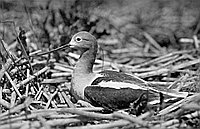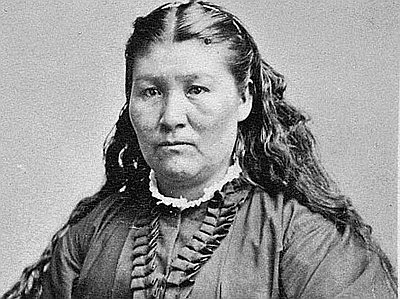A Forest Named Winema
One quarter of Oregon consists of national forest lands. Within the drainage of the Klamath Basin, there are seven national forests, ranging from south-central Oregon across northwestern California.
Extensive stands of lodgepole and ponderosa pine within the Upper Basin were among the original forest reserves established by President Benjamin Harrison in 1893. Named Crater National Forest in 1907, they were incorporated into the national forest system established under the Department of Agriculture by President Theodore Roosevelt. Due to confusion with Crater National Park, the forest was renamed the Klamath Ranger District of the Rogue River National Forest in the 1930s.
In 1963, after the termination of the Klamath Reservation, Congress purchased half a million acres of former reservation land to create Winema National Forest. With another purchase a decade later, plus land transferred from three neighboring national forests, including the Klamath Ranger District, Winema amounts to 1.1 million acres today.
Winema National Forest has three federally designated wilderness areas and one National Wild and Scenic River. The Sycan River flows from Sycan Marsh within the Fremont National Forest, and then joins the waters of the Sprague and Williamson rivers in its journey toward Upper Klamath Lake. In 2002 the Winema and Fremont national forests were combined administratively for budgetary reasons, yet they remain separate entities.
Winema means “little woman chief.” A.B. Meacham, a peace commissioner during the Modoc War (1872–1873), gave this name to Toby Riddle, a Modoc married to Kentuckian Frank Riddle. The Riddles had served as translators during the war. Romanticized as Winema, Toby Riddle, together with several Modoc warriors, toured the nation in A.B. Meacham’s postwar medicine show, a traveling Wild West entertainment.
Winema National Forest has a special relationship with the Klamath Tribes, whose reservation status was restored by Congress in 1986. Three years earlier, the U.S. Supreme Court had ruled that the tribes retain their treaty rights in the region. These include the rights to hunt, fish, trap, and gather within their former lands. Accordingly, U.S. Forest Service managers work with tribal representatives on matters related to timber harvest methods, water quality, and wildlife habitat.
© Stephen Most, 2003. Updated by OHP staff, 2014.
Sections
Related Historical Records
Toby Winema Riddle
Toby Winema Riddle, also known as Kaitchkana and Nanooktowa, was born near southern Oregon's Link River around 1850. She was related to Kintpuash, better known as Captain Jack, …
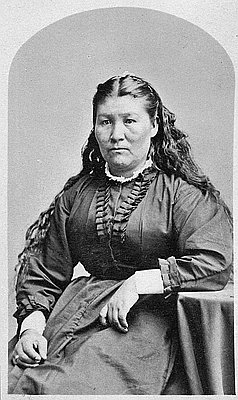
Klamath and Modoc Indians, 1860
U.S. Army Lt. Lorenzo Lorain took this photograph of a group of Klamath and Modoc Indians in the summer or fall of 1860. The traditional territory of the …
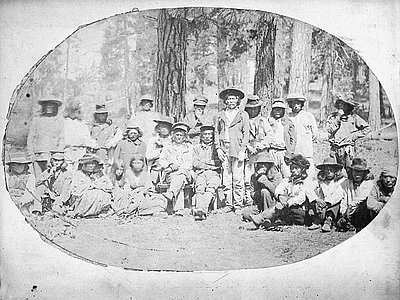
Winema National Forest
Presidential Proclamation 3423, signed in July 1961 by President John F. Kennedy, created the Winema National Forest from portions of the Rogue, Deschutes, and Frémont National Forests. The …
